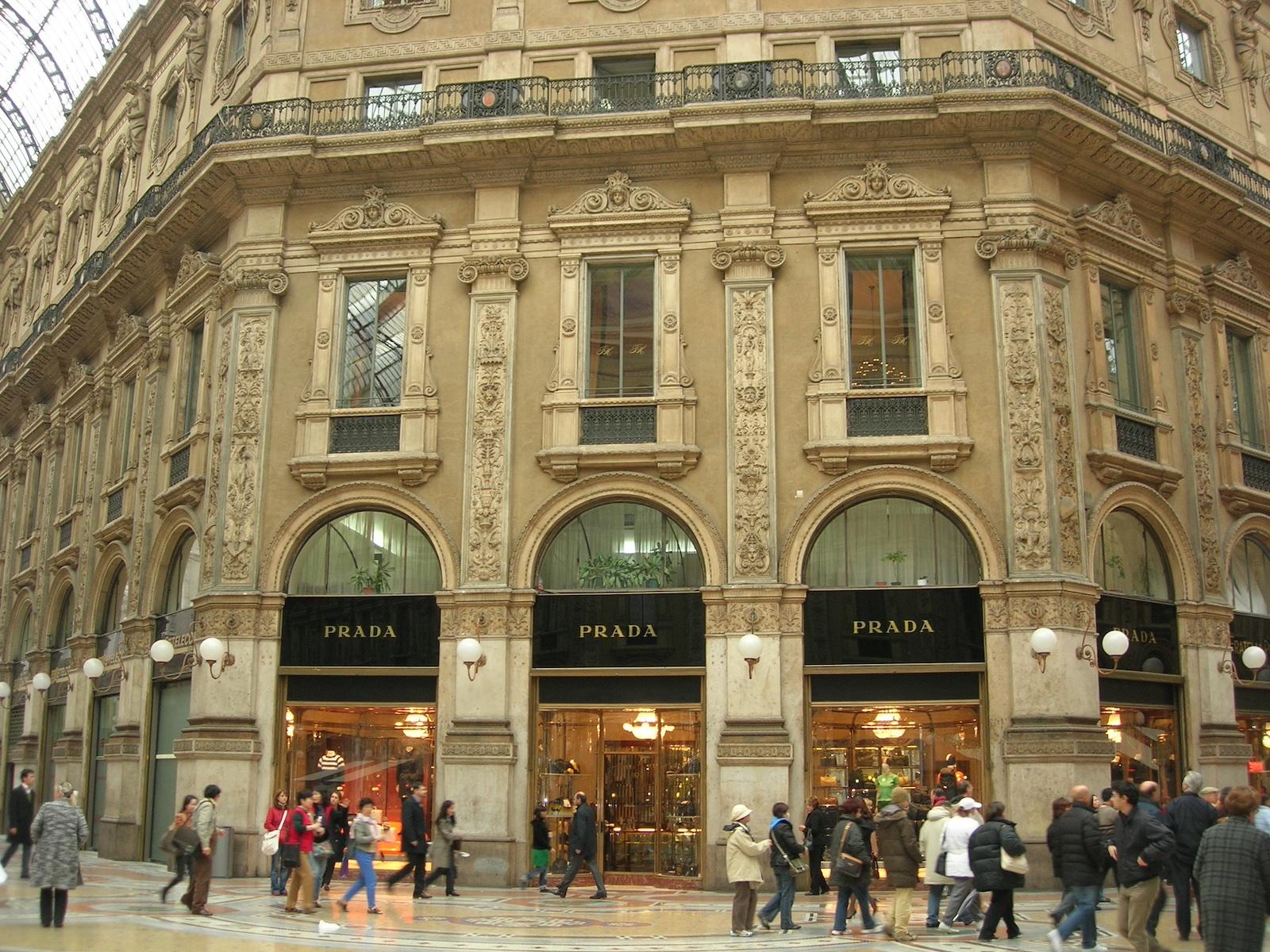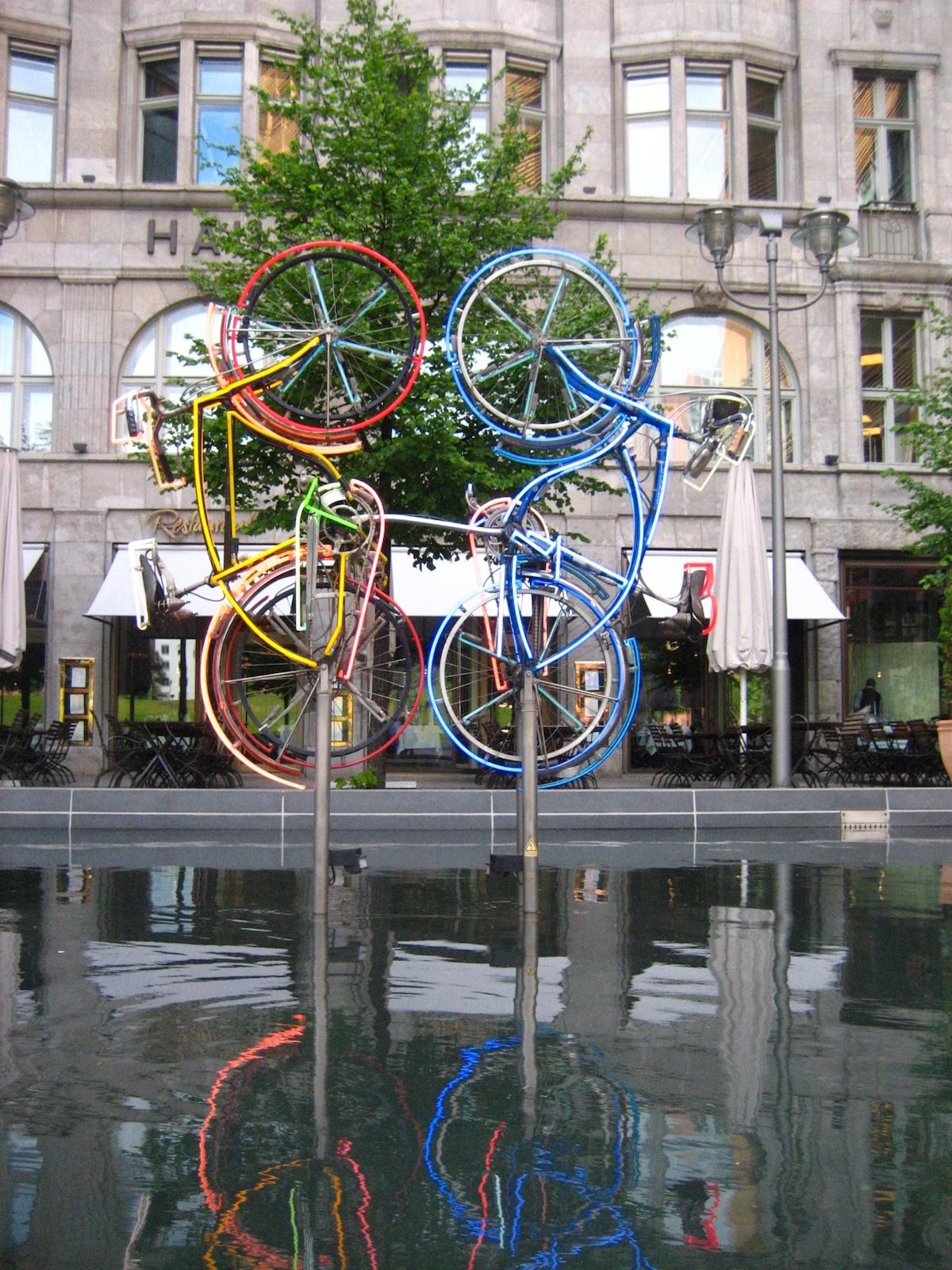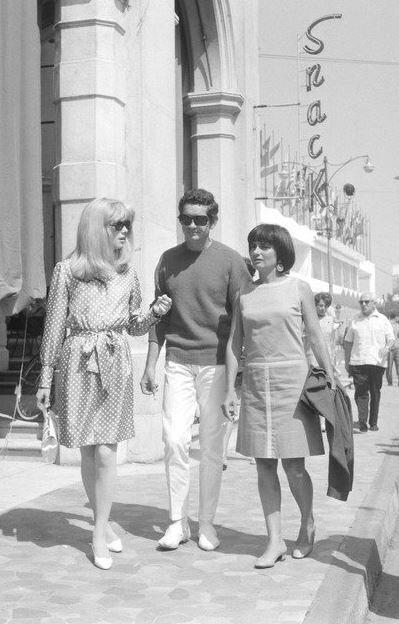However, there was an unexpected player who decided to participate as well. Taking place in the Palais d’Iéna— the 1939 building which has hosted Miu Miu fashion shows for the last several years— Miuccia Prada staged her own five-day exhibition. “Tales and Tellers” is an exploration of feminine narratives through the aesthetic eye of Miu Miu.
The Italian fashion brand, a sponsor for Art Basel Paris’ public program, has been collaborating with well-recognized artists for the last decade and has brought them all together on screens, big and small, for the show.
The space, filled with actors and the many screens, displays the brand’s previously commissioned pieces. Brainchild of the interdisciplinary Polish artist Goshka Macuga and curated by the Director of MACBA, Museu d’Art Contemporani de Barcelona, Elvira Dyangani Ose, the project brings together artists and filmmakers to discuss the themes of storytelling and womanhood.































